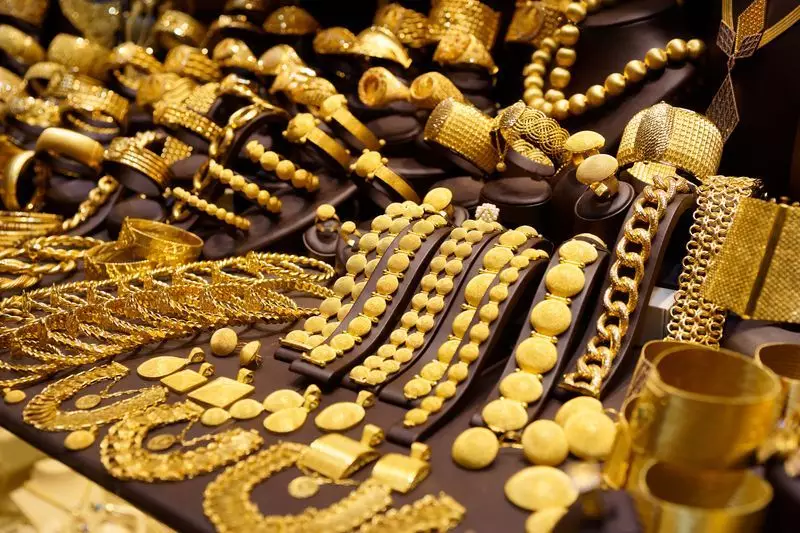
Indian gold markets witnessed a substantial surge on Wednesday as prices jumped by a remarkable ₹3,000 to reach ₹1.30 lakh per 10 grams. This significant increase was primarily driven by firm global trends and a weakening US dollar, creating favorable conditions for precious metal investments.
Market Performance Details
In the national capital, gold prices climbed from ₹71,800 to ₹74,800 per 10 grams, marking one of the most substantial single-day gains in recent months. The precious metal's rally was not limited to gold alone, as silver also demonstrated strong performance with a price increase of ₹1,400 to reach ₹91,300 per kilogram.
The international markets set the stage for this upward movement, with gold trading higher at $2,387 per ounce in global markets. Similarly, silver followed the trend, trading strongly at $28.70 per ounce in international exchanges. This global momentum directly influenced domestic prices, creating a cascading effect across Indian bullion markets.
Factors Driving the Price Surge
Several key elements contributed to this impressive price movement. The weakening US dollar played a crucial role in making gold more attractive to international investors. When the dollar loses value, gold typically becomes cheaper for holders of other currencies, thereby increasing demand and pushing prices upward.
Market analysts pointed to multiple supportive factors beyond just currency movements. Geopolitical tensions and economic uncertainties continued to drive investors toward safe-haven assets like gold. The persistent demand from central banks worldwide and ongoing inflation concerns further strengthened gold's position as a reliable store of value during uncertain economic times.
HDFC Securities, a leading financial services company, highlighted the connection between international trends and domestic markets. Their research analysts confirmed that the strong global cues were the primary catalyst for the substantial price increase witnessed in Indian markets.
Broader Market Implications
The significant jump in gold prices reflects deeper economic currents affecting global financial markets. Investors increasingly view gold as a protective asset against potential economic downturns and currency fluctuations. This trend is particularly relevant in the current economic climate where multiple factors contribute to market volatility.
The simultaneous rise in silver prices indicates broader precious metal strength rather than isolated gold momentum. Silver's dual role as both a precious metal and industrial commodity means its price movement often reflects both investment sentiment and industrial demand patterns.
Market observers suggest that the current trends might continue in the near term, depending on upcoming economic data releases and central bank policies. The focus now shifts to how long this bullish trend will persist and what it means for retail investors and jewelry buyers in the Indian market.
For Indian consumers and investors, these price movements have immediate implications. Jewelry purchases become more expensive, while existing gold holders see the value of their assets appreciate significantly. The market dynamics also affect gold loan businesses and investment patterns in gold-based financial instruments.





